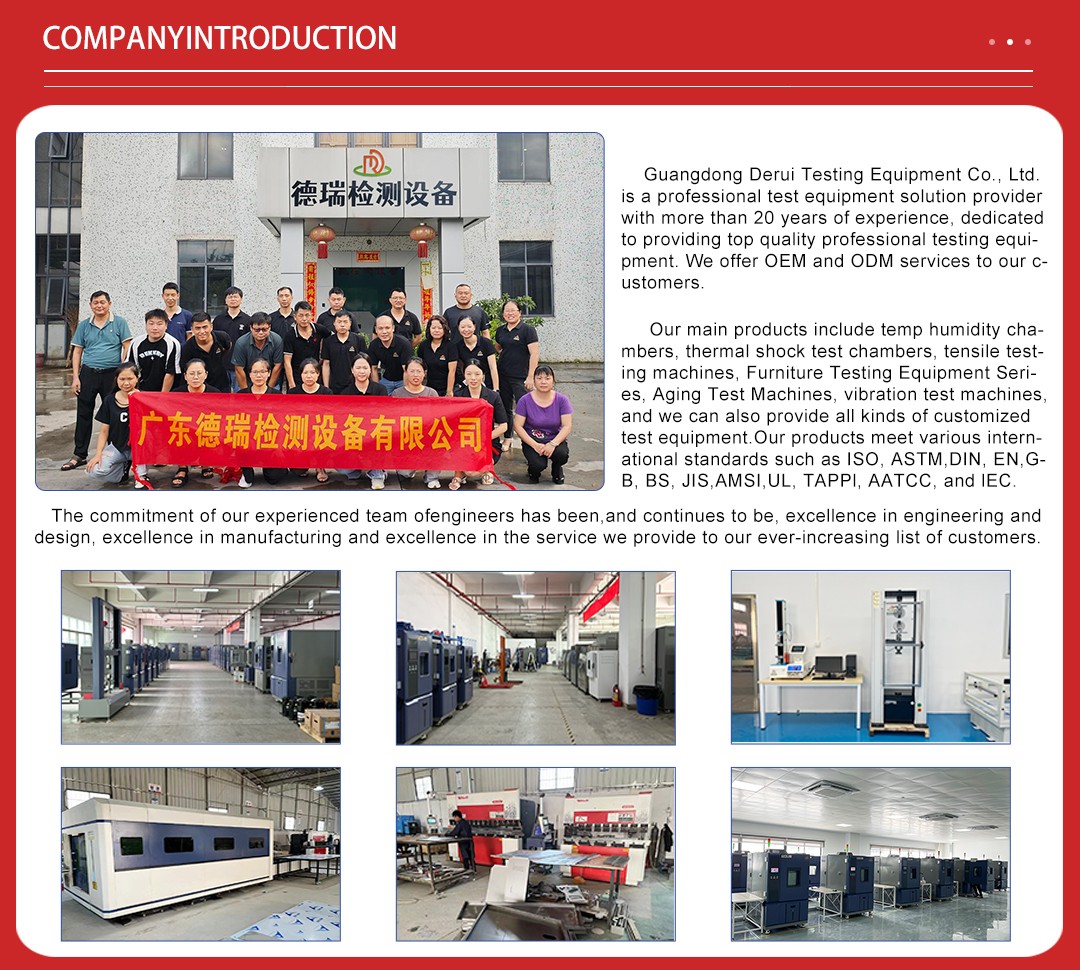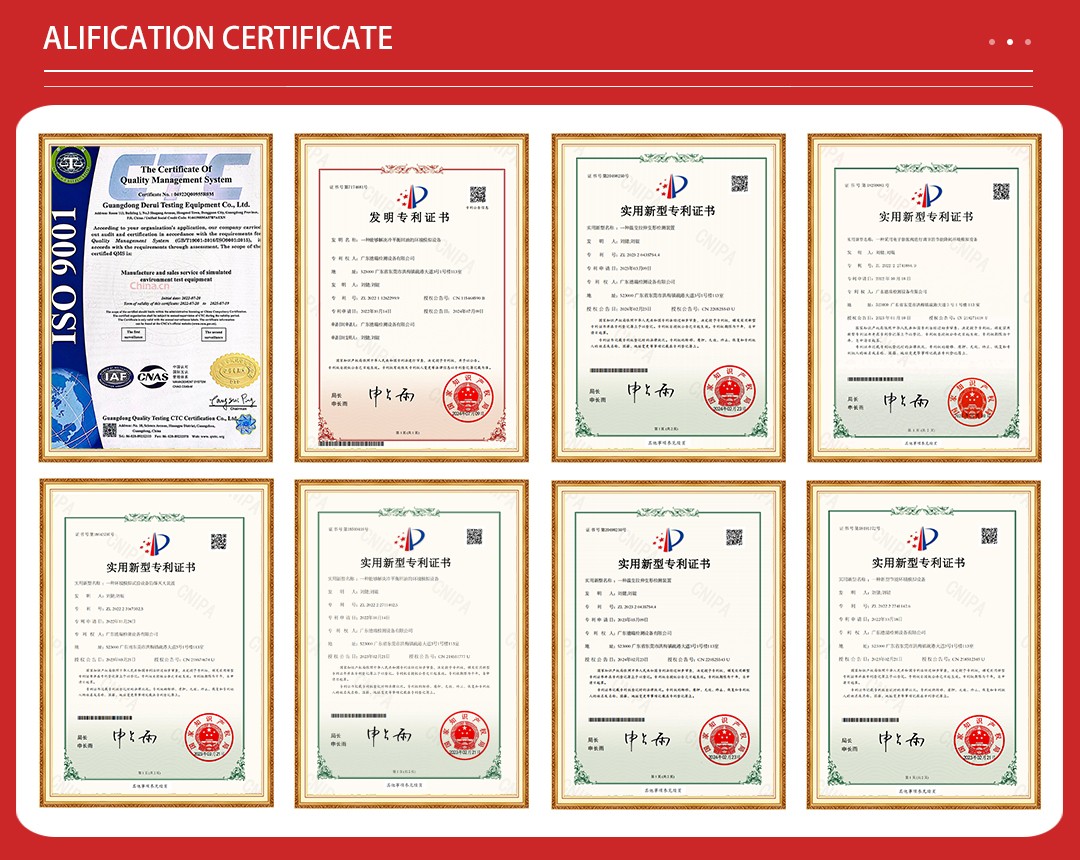
Water-Cooled Constant Temperature and Humidity Chamber is a sophisticated environmental testing device designed to provide precise control over both temperature and humidity. This chamber plays a crit ...

Water-Cooled Constant Temperature and Humidity Chamber is a sophisticated environmental testing device designed to provide precise control over both temperature and humidity. This chamber plays a critical role in industries that require highly stable environmental conditions for product testing, material research, and quality assurance processes. Whether it’s for electronics testing, pharmaceutical stability studies, or materials science research, these chambers offer an effective way to simulate a wide range of environmental conditions.

1. Pharmaceuticals: For conducting stability testing on drugs, formulations, and packaging materials under different environmental conditions.
6. Textile and Fashion Industry: For testing fabric durability and quality in varying temperature and humidity environments.

A water-cooled constant temperature and humidity chamber operates through a combination of water-cooled refrigeration and humidity control systems. The cooling system consists of a closed-loop water circulation mechanism, where water absorbs heat from the chamber and is then pumped through a cooling unit. This process helps maintain a consistent low temperature inside the chamber.
Humidity control is achieved by adding moisture to the chamber via a humidification system, which can be based on techniques such as steam injection or water evaporation. The chamber is designed with humidity sensors that continuously monitor the moisture levels, ensuring they remain within the desired range. In some systems, a dehumidification process may also be employed, where excess moisture is removed from the air to maintain the ideal humidity level.
Together, the temperature and humidity are constantly adjusted and maintained through precise control systems, ensuring that the environmental conditions remain stable throughout the testing process.

1. Precise Control of Temperature and Humidity
The primary feature of a water-cooled constant temperature and humidity chamber is its ability to precisely regulate both temperature and relative humidity levels. This is achieved through advanced sensors, digital controllers, and a water-cooled refrigeration system. The temperature can typically be controlled within a range of -20°C to 80°C, while humidity control can range from 20% to 98% RH (Relative Humidity), depending on the specific needs of the testing procedure.
Unlike air-cooled chambers, water-cooled systems use water to absorb excess heat, making them more efficient in terms of cooling capacity. Water-cooled units are known for their superior energy efficiency and ability to maintain a more consistent temperature and humidity environment, especially in high-load conditions. The water circulation helps ensure uniform cooling, reducing the potential for temperature gradients within the chamber that could affect test results.
One of the main benefits of water-cooled systems is their energy efficiency. Water cooling is more efficient than traditional air cooling because water has a higher thermal capacity than air. This allows for faster cooling times and a reduction in overall energy consumption. Additionally, water-cooled systems are often more environmentally friendly, as they generate less heat and require fewer cooling agents compared to air-cooled systems.
The ability to maintain consistent temperature and humidity levels within the chamber is crucial for accurate testing and material analysis. Water-cooled constant temperature and humidity chambers are designed with high-precision controllers that ensure the internal conditions remain stable throughout the testing period. This is particularly important in industries like pharmaceuticals and biotechnology, where product stability and integrity must be monitored under controlled conditions.
These chambers are typically equipped with state-of-the-art control systems that allow users to set and monitor both temperature and humidity parameters. Digital touch screens, programmable interfaces, and remote monitoring capabilities are common, providing users with full control over their testing environment. Many systems also include data logging features, which record environmental conditions over time, allowing for thorough analysis and compliance with industry standards.

Model | DR-H202 |
System | Balanced Temperature & Humidity Control System |
Temp. range | -70°C~150°C |
Humid. range | 20 ~ 98 percent R.H. |
Temp. & Humid. accuracy | ± 0.3°C; ± 2 percent R.H |
Temp. & Humid. regularity | ± 1°C; ± 3 percent RH |
Resolution | 0.1°C, 1 percent, P.I.D control |
Heating up | -40°C ~ +100°C within 45 min |
Heating down | 20°C~ -20°Cwithin 40min |
Interior dimension(W×D×H) | 1500×1200×1500mm |
Exterior dimension(W×D×H) | 1700×2703×2085mm |
Interior material | Stainless steel plate(SUS304) |
Exterior material | Stainless steel plate(SUS304) |
Insulation | Rigid foam |
Refrigeration system | Water-cooled, Hermetic compressor, single stage refrigeration system. |
Display | LCD |
Safety devices | No fuse breaker refrigerator over load relay, Refrigeration High pressure Switch, Over Temp, Protector, Protection relay, Protection fuse, Water Lever protector, Overheat protector, Alarm |
Accessories | Viewing window, Shelves (freely adjustable 2 pcs.), Cable port(Ø50mm)Chamber lamp. |
Weight | Approx. 1200kg |
Power | AC380V±10 percent 50/60Hz |

